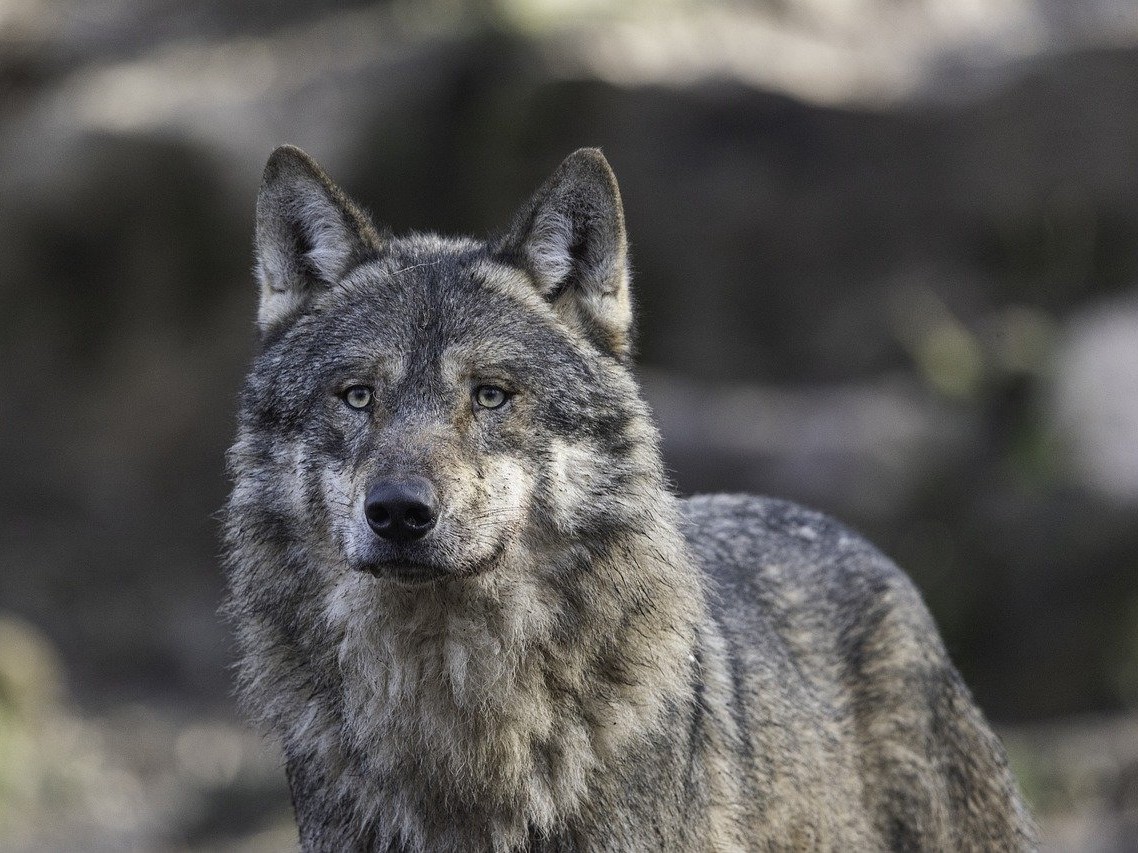
Wolves in Wyoming: Rewilding Yellowstone National Park
In 1995, eight gray wolves arrived in Yellowstone National Park in the USA, having been translocated from Jasper, Canada. Over the next year or so they were joined by another 23 individuals. Together, they changed everything.
The wolves of thriving Yellowstone are now held up by conservationists as the golden standard for what wildlife conservation could look like.
The concept referred to as “rewilding” has been gaining traction in recent years. What is rewilding and why is it so great?
Let’s take a look…
What is Rewilding?
When We Think of Conservation…
Wildlife conservation has traditionally focussed on maintaining wild animal populations by managing and protecting habitats, carrying out breeding programs in zoos and sanctuaries, and placing laws on the killing and trade of individual species.
If you are interested in learning more about animal trade, take a look at my recent series focussing on trade in pangolins, sharks and exotic pets.
All of this is fantastic work, but whilst it is still welcomed and needed, it fails to take into account a few things…
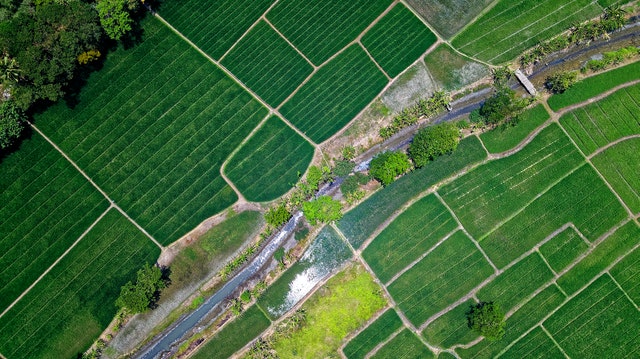
1. Shifting Baselines- when you think of “nature” and the “wild” you will inevitably make the comparison with what you see around you today as natural and wild. That isn’t necessarily the way that it truly was when nature, alone, ruled.
Farmland is a great example. Our countryside may have once been covered with forests and untamed grassland, but when we look out over our patchwork fields it’s easy to forget that what we see is far from natural.
Conservation efforts mostly aim to maintain what we have instead of restoring what once was.
2. Human Impacts- even if we can restore what was once there, is it even sustainable any more?
Humans have made some pretty significant changes to this planet.
We are thought to be living in a whole new geological epoch of our own making- the Anthropocene. A new epoch only begins when a noticeable change is detected within the rocks. The fallout from atomic bombs has meant humans have altered the very ground on which we stand.
Who’s to say what once was natural could even be viable here anymore?
3. Knock on effects- every scientist knows that for every action there is an equal and opposite reaction.
The truth is, the reactions to changes in ecology can be huge, and sometimes in ways we could never have predicted. A well-intentioned move can accidentally cause harm elsewhere.
Luckily for us, nature is much better than we are at reacting to change and finding new balance in what emerges.
What’s the alternative?
With all this in mind, perhaps it’s time to take a new look at the way we do things.
What if instead of us taking matters into our own hands, we gave nature all the tools it needs to create something beautiful, then stood back, and let it happen?
In a nutshell, that is rewilding in its purest form- letting nature do its thing.
Why is Rewilding So Great?
If there’s one thing a conservationist loves, it’s biodiversity- the variety of life.
An area needs to have lots of different species, and many individuals of those species to have high biodiversity.
This means there needs to be lots of what we call niches available for those organisms to live in- lots of roles for them to fill.
We need lots of different habitats and micro-habitats, lots of different food sources and lots of different hungry predators.
Rewilding has proven to be a really successful way of providing this.
With high biodiversity comes high resilience to change. This means our ecosystems that we rely on so heavily should be better equipped to survive changes like bouts of disease or changes to the weather (or climate).
Rewilding Yellowstone National Park
The Way Things Were
Yellowstone National Park has become the poster child for rewilding because it has been so visibly successful.
It proudly stands as the world’s first national park, but allowing people to hunt on the land meant that wolves had pretty much been eradicated by the end of the 1920s.
The lack of predators meant that the numbers of deer, particularly elk, exploded. They grazed the land so heavily that nothing was able to grow to maturity.
The Magic of Predators
You might think that it’s a bit counter intuitive to introduce a predator to create MORE life… but the effect was nothing less than transformative.
What the wolves did was to create a sense of fear among the deer. The deer avoided the areas where they knew wolves hunted. Those areas were less grazed. They were able to grow. Forests thrived.
New Neighbours
Do you remember how I mentioned that having a wide range of niches was essential for having a high level of biodiversity? That’s what happened here.
There were new habitats. New trees meant new nesting sights for birds. Vegetation meant more hiding places for small mammals.
There were new food sources. Trees meant the beaver populations thrived. More berries meant the numbers of bears could grow. The proliferation of small mammals brought in hawks and eagles.
In turn, these animals provided new habitats for other species. Beavers engineered the rivers to build their dams and otters moved in. Along with them came a variety of fish and frogs and other aquatic animals.
How the Rivers Changed
Trees are important not only as habitats but because their roots hold soil together.
With more vegetation, the river banks were more stable and this changed the way they flowed by reducing erosion.
Even more habitats for wildlife were created.
Yellowstone Rewilded
On the last count (January 2020), there was estimated to be 94 wolves across 8 packs in Yellowstone. The highest count so far put numbers as 104.
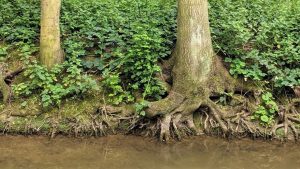
Rewilding Yellowstone National Park is still held up as a shining example of the positive impact rewilding can have and how it could benefit people as well as animals.
This was an example of a top down trophic cascade- when the introduction of a top predator in the food chain changes the whole food web. Wolves are what we refer to as a keystone species (or, increasingly, a functional species)- they have a huge impact on the ecosystem when they are added or removed.
The benefits could be enormous if keystone species could be identified and reintroduced elsewhere. Just imagine if problems with flooding could be solved by trees instead of expensive man-made defences.
Rewilding is something which excites me and feels freshly positive in a world that seems increasingly doomed. Nature can save us- we just have to give her a chance!
One Wild Thing
Next week I’ll be talking a little more about rewilding efforts in the UK. Why not support the efforts that are going on here inspired, in part, by the success of rewilding in Yellowstone National Park.
Head over to Rewilding Britain to see what they are up to and sign up to their newsletter to stay in the loop.
You can show your support financially without spending an extra penny using some of these suggested methods. They include using smile.amazon.co.uk to direct a small portion of the profits their way, or searching the internet using Everyclick to provide donations along the way!



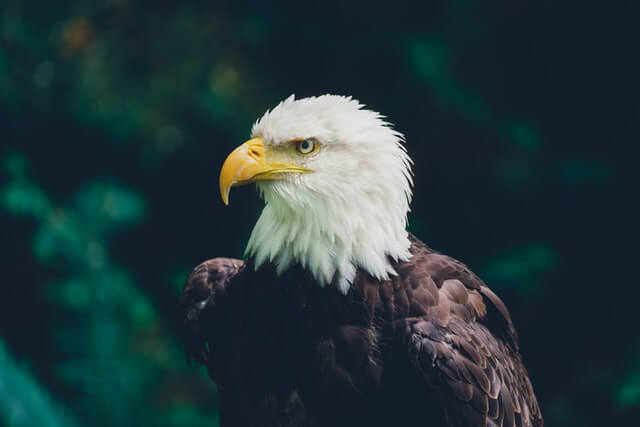
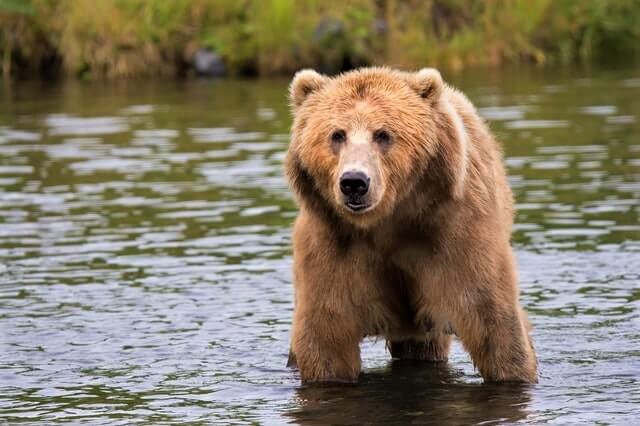
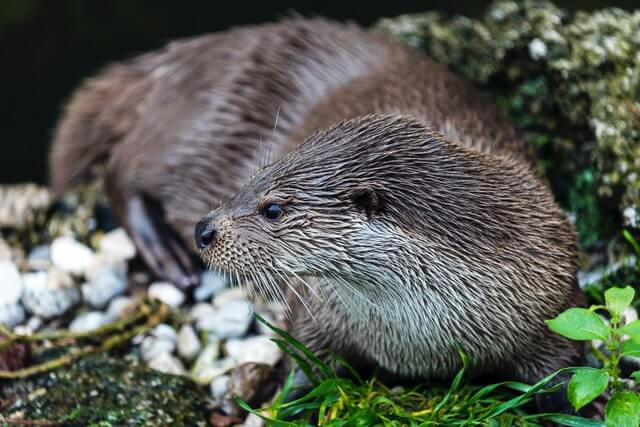
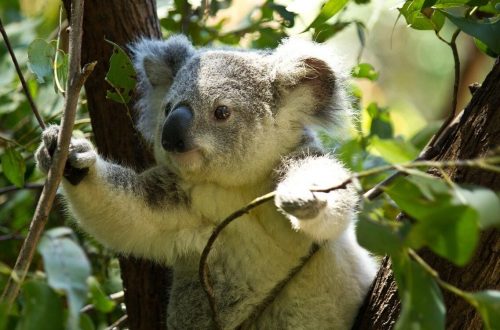
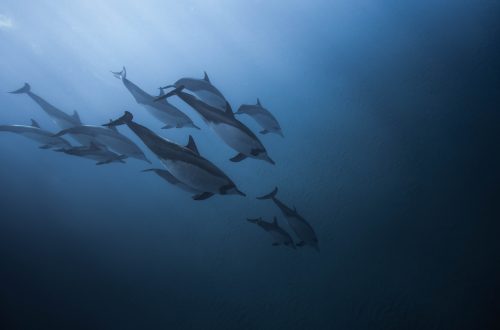
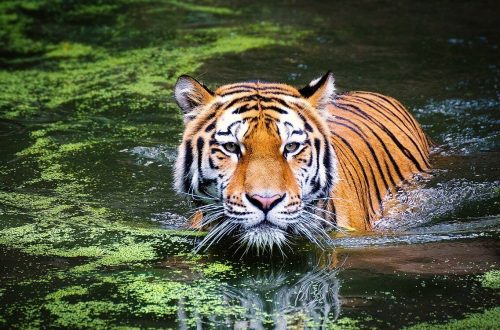
4 Comments
Pingback:
Pingback:
Pingback:
Pingback: